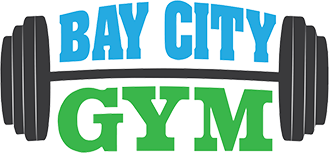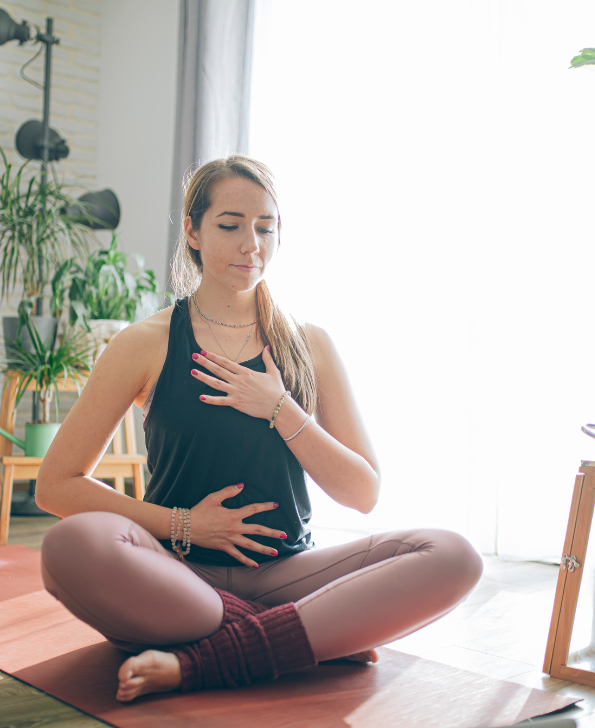Article by – Gavin Stoddart, Manager and Personal Trainer
I have been asked several times “how should I breathe during exercise” so I thought it may be a good time to write an article on it.
Breathing is essential to life but is something many of us never think about, but research seems clear that the way you breathe can have a positive or detrimental effect on your performance.
“Breathing is, of course, critical for life,” says Dr. Corbin Hedt, a physical therapist at Houston Methodist. “Our bodies need oxygen to function properly, and breathing is what does that for us. It becomes more important during exercise, a time when our bodies are in need of more oxygen than usual. But breathing is easy to neglect when all of your concentration is on completing your workout.”
When we breath in, oxygen moves into our lungs and is then moved through the body via the circulatory system where it is delivered to the muscle tissue and used to give the energy to perform the tasks required of them. The harder we work the more oxygen the body requires and that’s why our breathing rate increases.
Optimal breathing is essential to make sure our organs and tissues are fed during exercise, when we break our breathing rhythm, we can end up hyperventilating to recover from an oxygen deficit and this can have negative impacts on performance and lead to delayed muscle recovery.
So how should you breathe?
1) Maintain a consistent breathing pattern
When you lose control of your breathing and begin panting for breath your body goes into a stress response, however “When your breathing is regulated, your body and muscles receive the steady stream of oxygen it takes for them to operate most effectively,” says Dr. Hedt. “There’s also a calming effect to this. Consistent breathing can help trigger the parasympathetic nervous system, which essentially helps relax your body — allowing for better blood flow.”
2) Don’t hold your breath
Even when doing a heavy lift try not to hold your breath, it leads to a huge spike in blood pressure which puts a lot of pressure on the blood vessels, and it can interfere with your recovery between sets.
“Even though you finish that set, you may not rebound as quickly before your next one, or between workouts, because your body now has to do a lot more to get your respiratory rate back to normal,” says Dr. Hedt. “We talked about the calming effect of consistent, controlled breathing, but now that’s kind of out the window because you’re entering your next workout already playing catch up.”
Try breathing out through the concentric (lifting) phase and in through the eccentric (lowering) phase and then do a few diaphragmatic breathes between sets to help restore your bodies equilibrium.
3) Find your breathing rhythm
“Your muscles need even more oxygen than usual during aerobic exercise, like running, cycling or elliptical,” says Dr. Hedt. “These are lower-intensity exercises where a specific action is performed repetitively, and your body is actively and continuously using oxygen to create the energy needed to do so.”
For the best results, learn to breath with your footsteps- somewhere between and a 3:1 or 2:1
When breathing with your footfalls, you time the movement of your body and internal organs with the movement of your diaphragm during respiration. This prevents the development of uncomfortable areas of pressure on the diaphragm which can impede breathing. In terms of the speed of breathing, the more quickly you breathe, the less time your body has to fully absorb the oxygen you’re bringing in through respiration. When your body doesn’t have enough oxygen to energize itself, anaerobic metabolism kicks in, which causes lactic acid to accumulate and decreases the body’s ability to perform endurance tasks. When you breathe slowly, more oxygen is drawn into the body, and the body has enough time to absorb the oxygen in your lungs to create energy and keep you energized when running.
Therefore, by slowly breathing in a 3:2 or 2:1 pattern in sync to your footfalls when you run, you have the potential to run more smoothly and for a longer period before fatiguing, by maximizing oxygen uptake. A ration of 2:1 would be two steps while breathing in and 1 step while breathing out.
4) Nose breathe
Nose breathing has been shown to increase your oxygen uptake by up to 25%. Nasal breathing is when you breathe in and out through your nose. Often when we are exercising at high intensities, we will default to mouth breathing which, as mentioned, stresses the body and decreases your performance. Several studies have shown that when exercising at varied intensities you use less oxygen when breathing through your nose compared to mouth breathing which means your body can perform the same exercise while using less oxygen to perform it.
If you are a runner the less oxygen you use per step the less energy you use, and being energy efficient is the key to running for longer periods of time without becoming exhausted as quickly
An added bonus is that breathing through your nose is associated with reduced volumes of air. It has been found that people breathe less frequently through their nose when exercising.
To understand this, it helps to know that air moves from high pressures to lower pressures to help it go from the air and into the lungs. Although the volume of air is lower in the nasal cavity compared to the mouth, the pressure is higher – meaning the air moves more quickly into the respiratory system. The result is that oxygen can then be delivered more quickly to the working muscles than with mouth breathing.
Researchers also suggest that breathing through your nose increases production of nitric oxide, which makes it easier for oxygen to reach the lungs and muscles. It does this by lowering blood pressure and helping blood flow more easily, allowing oxygen to reach the working muscles.
It seems like breathing through your nose may be of the most benefit when running. It makes you your movements more economical, reduces exercising blood pressure and helps oxygen reach the working muscles more effectively.
Nose breathing is like anything else in the gym, the more you practice it the better you will get . Take it slow and don’ t over breath. Your breathing should be relaxed not strained, so if you feel the need to mouth breathe do so but as you get used to it you will find that it gets easier, and you can begin to reap the benefits.
In conclusion, the way you breathe can have a noticeable impact on your training and therefore your results. Regulated breathing can calm the body and stimulate the parasympathetic nervous system which helps relax the body. This does not mean you don’t push yourself hard in those circuit classes as this is where we encourage adaptation, but you can use your breathing to rapidly recover and calm the nervous system down after your session. The better your breathing gets the better the improvements you will see.


